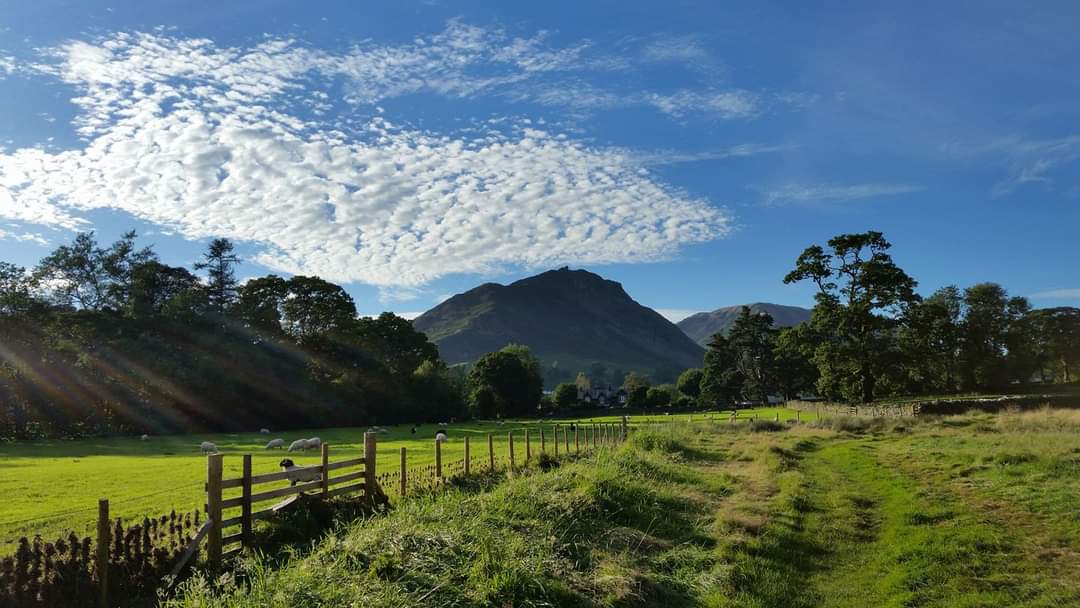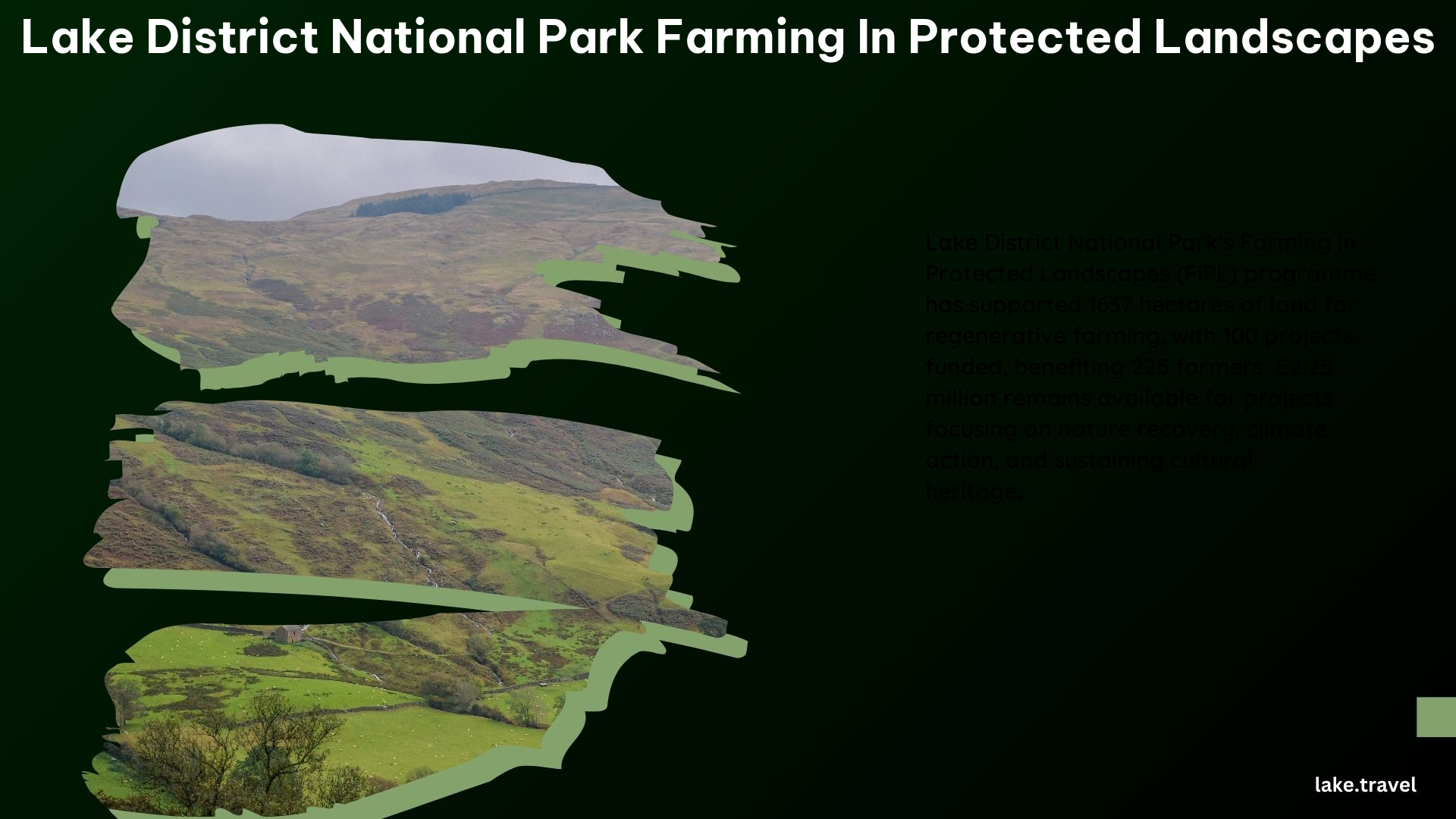Lake District National Park Farming in Protected Landscapes (FiPL) is a programme designed to support farmers in the Lake District National Park in their efforts to manage the land sustainably while enhancing the cultural heritage and biodiversity of the area. The programme focuses on four key priorities: Climate Action, Nature Recovery, People and Place, and Cultural Heritage.
Local Priorities for the Farming in Protected Landscapes Programme in the Lake District National Park

- Climate Action: Projects that focus on reducing carbon emissions, improving climate resilience, and enhancing natural flood management.
- Nature Recovery: Initiatives that promote biodiversity, restore habitats, and support the recovery of endangered species.
- People and Place: Projects that enhance the visitor experience, improve accessibility, and support the local economy.
- Cultural Heritage: Initiatives that preserve and promote the cultural heritage of the Lake District, including traditional farming practices and historic features.
Types of Projects Supported by the Farming in Protected Landscapes Programme in the Lake District National Park

- Farm Carbon Audits and Action Plans: Projects that help farmers assess and reduce their carbon footprint.
- Low Carbon Actions and Changes to Land Management: Initiatives that promote sustainable land management practices, such as rotational grazing and habitat restoration.
- Climate Resilience Projects: Projects that enhance natural flood management and improve the resilience of farms to climate change.
- Nature Delivery and Habitat Restoration: Initiatives that restore habitats, enhance biodiversity, and support the recovery of endangered species.
- Farm Diversification and Business Development: Projects that support farmers in diversifying their income streams and developing their businesses.
- Community Engagement and Education: Initiatives that promote community engagement, education, and awareness about sustainable farming practices and the cultural heritage of the Lake District.
How Farmers in the Lake District National Park Can Get Involved in the Farming in Protected Landscapes Programme
- Contact the Lake District Farming Officer: Farmers can contact the Lake District Farming Officer, Jasmine Holliday, to discuss their project ideas and receive guidance on the application process.
- Submit an Application: Farmers can submit an application for funding under one of the programme’s themes: Climate, Nature, People, and Place.
- Collaborate with Other Farmers: Farmers can work together to develop collaborative projects that address common goals and challenges.
- Attend Workshops and Events: Farmers can attend workshops and events organized by the programme to learn about sustainable farming practices, network with other farmers, and stay updated on the latest developments in the programme.
Key Statistics and Figures
| Statistic | Value |
|---|---|
| Land Supported for Regenerative Farming | 1637 hectares |
| Projects Funded (First Two Years) | 100 |
| Total Funding Available | £2.25 million |
| Farmers Supported | 225 |
| Grant Value Range | £1,000 to £237,000 |
Contact Information
- Phone Number: 07766 367529 (Lake District Farming Officer)
- Email: [email protected]
- Website: www.lakedistrict.gov.uk/caringfor/farming/farming-in-protected-landscapes
References
- Lake District National Park. (n.d.). What has farming done for us? Retrieved from https://www.lakedistrict.gov.uk/caringfor/farming/farming-in-protected-landscapes/what-has-farming-done-for-us
- Lake District National Park. (n.d.). Farming in Protected Landscapes Blogs. Retrieved from https://www.lakedistrict.gov.uk/caringfor/farming/farming-in-protected-landscapes/farming-and-world-heritage-blogs
- Lake District National Park. (n.d.). Farming in Protected Landscapes. Retrieved from https://www.lakedistrict.gov.uk/caringfor/farming/farming-in-protected-landscapes
- Lake District National Park. (n.d.). Farming. Retrieved from https://www.lakedistrict.gov.uk/caringfor/farming
- Lake District National Park. (2023, June 28). One hundred farming projects in the Lake District have benefited from funding. Retrieved from https://www.lakedistrict.gov.uk/aboutus/media-centre/latest-news/news-releases/one-hundred-farming-projects-in-the-lake-district-have-benefited-from-funding
